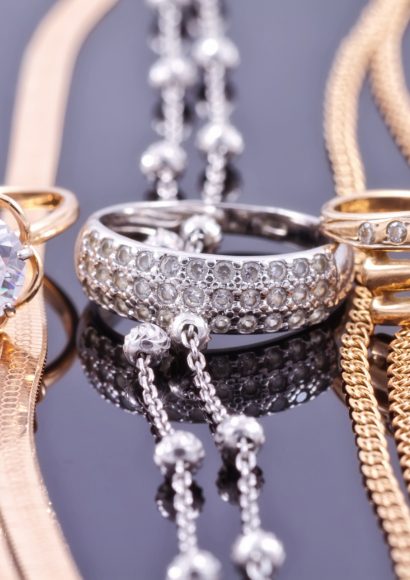Step#1 Ideation and Consultation
Start with a clear vision for the collection. Investigate current trends, customer likes and dislikes, and the cost of materials to shape the concept. Creativity takes center stage during this phase, yet it is informed by market insights. Collaboration with trend analysts or the use of focus groups to validate ideas is advisable.
Step#2 Select Your Partner
Identify a reliable manufacturing partner. Evaluate their expertise, portfolio, and credibility. Rexjewel stands as an option known for its blend of modern technology and artisanal skills. It’s vital to also assess their communication, flexibility, and ability to meet deadlines. Each of these elements contributes to a successful, long-term partnership.
Step#3 Design Development
Design drafts are shared and consultations with designers are conducted, often utilizing Computer-aided design (CAD) for precision. Openness to suggestions from the design team is crucial at this stage, as technical expertise complements creative vision. Approval of all design aspects, even the smallest details, is necessary to advance to the prototyping phase.
Step#4 Material Sourcing
Decide on the types of metals and gems to be used. For example, consider the impact of using recycled materials to appeal to eco-conscious customers. Understanding the target market’s preferences can have a significant impact on material choices. Sourcing materials from certified suppliers ensures both quality and ethical standards.
Step#5 Prototyping
According to Simplilearn, a prototype is a product built to test ideas and changes until it resembles the final product. This is a critical step for identifying any design flaws or opportunities for enhancements. Finalize all modifications when prototyping, as it’s the last checkpoint before mass production. Confirm the prototype matches the vision before moving to production to ensure the final product meets the expectations.
Step#6 Production
Once the prototype is approved, large-scale manufacturing begins. Attention to detail at this stage can make or break the collection. Don’t underestimate the power of consistent oversight; it’s the vision on the line. Set up regular check-ins with the manufacturing partner to monitor the production progress and quality. Consider employing third-party quality control services to ensure every piece meets the established standards.
Step#7 Quality Control and Packaging
Meticulously examine each piece for quality, employing rigorous tests and evaluations to ensure that the finished product meets the highest standards of craftsmanship. Then, proceed to the packaging phase, thoughtfully selecting materials and designs that resonate with the brand’s aesthetic. It’s more than wrapping a product; it’s a visual introduction to its quality and the brand’s essence.


